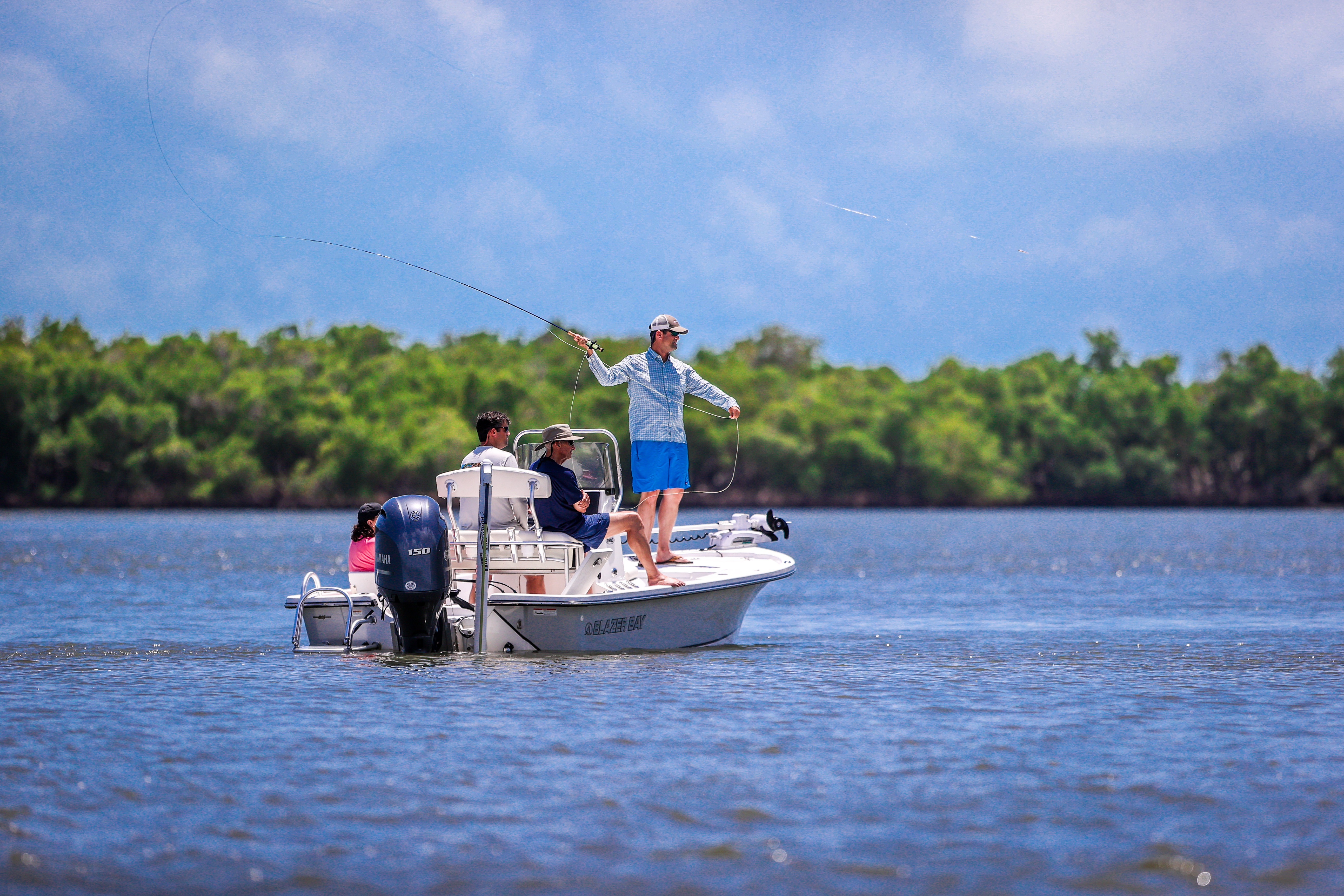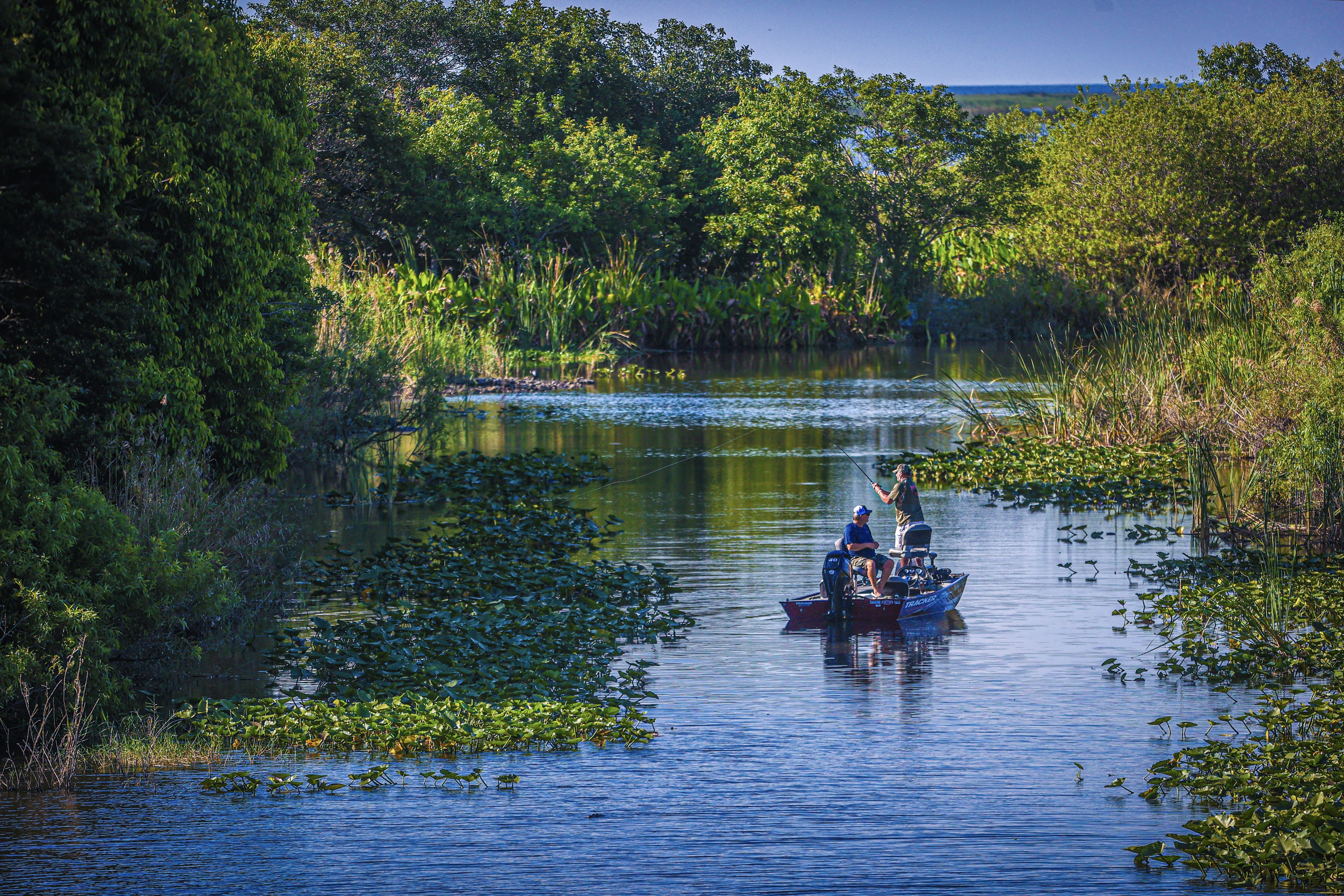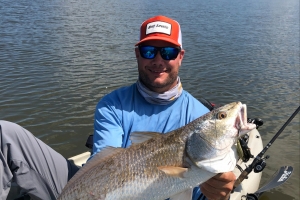New Eyes on the Everglades
The Army Corps of Engineers recently broke ground on a key Everglades restoration project.
By Bill Cooksey,
Senior Sportsmen Outreach Coordinator
Last month, we celebrated a major milestone in Everglades restoration twenty years in the making. The Army Corps of Engineers broke ground on construction the Everglades Agricultural Area reservoir, a key Everglades restoration project we have advocated for over the years. Once completed, this project will capture, store, and clean water from Lake Okeechobee. Right now, this nutrient laden water is flushed to Florida’s east and west coasts, causing algae blooms which cripple coastal economies and wreak havoc on wildlife. This reservoir, working in tandem with other restoration projects, will reduce the volume of these damaging discharges by 55% and allow clean water to flow south, rehydrating America’s Everglades and restoring the health of Florida Bay while allowing Okeechobee management to be optimized at more healthy levels. Thank you to all who helped make this happen. Though we have a long way to go, having shovels in the ground on the EAA reservoir is a major step towards restoring this national treasure.

Photo by Lantendresse Media.
I was excited when, about six years ago, part of my work began to focus on Everglades restoration. As a sportsman I was familiar with south Florida as a destination for bass fishermen and a huge variety of saltwater species. I also knew an increasing number of traveling duck hunters were going to Florida to pursue bucket list species. I thought I knew a lot, but what I didn’t know could fill a volume the size of War and Peace.
I knew there were problems to tackle in the Everglades, but the reasons behind and depth of those problems were a bit of a mystery to me. Couple that with the fact my direct experience with the region was pretty much getting off a plane and into a boat, I had never spent much time off the water and really absorbing the region. I’d never really been, as my friend Brad Phares notes in his “Between the Beaches Podcast,” between the beaches.
From organizations like The Everglades Foundation I learned about almost a century of human interventions, like trying to drain the region for agriculture and settlement, which sounds reminiscent of almost every part of the country needing restoration. I learned the reasons for pollution, dead seagrass and the horrific algae blooms I’d seen on the news. From hunters and anglers I learned how it was impacting sportsmen and the game and fish they love. But I still hadn’t been between the beaches.

Photo by Lantendresse Media.
That all changed in May 2022 when Jake Latendresse and I set out to experience as much of the region as possible. The goal was to film a series of videos showcasing sportsmen and what they’ve seen happen in the region over time. We wanted to give others a look at what is at stake and also provide a glimmer of hope. And we wanted to get everyone between the beaches.
Jake and I flew into Miami, rented a car and drove to Clewiston on the shores of Okeechobee. We talked to bass fishermen and resort owners and then drove 20 miles south to spend a morning on a cattle ranch where sustainable ranching and conservation programs combine into a win for both wildlife and man. From there it was down to Islamorada to look at Florida Bay and speak to some famous folks who make their living on those waters. From there it was up to Jupiter to hear a snook guide’s plea for restoration and then across the state to Naples and Everglades City to see Ten Thousand Islands, the Western Everglades and spend a few evenings with Python Huntress Amy Siewe. After that is was across the Tamiami Trail to Miami for a flight home.
I encourage you to look at a map of south Florida and trace our route. We saw the Everglades from north to south and east to west. We saw the “river of grass” and the towering cypress of the Western Everglades. We saw Okeechobee, and we saw the Keys. I mention each of these locations because they are all negatively impacted by past attempts to tame nature, or, in the case of the Tamiami Trail, are a part of the problem.
This is our journey, between the beaches.
